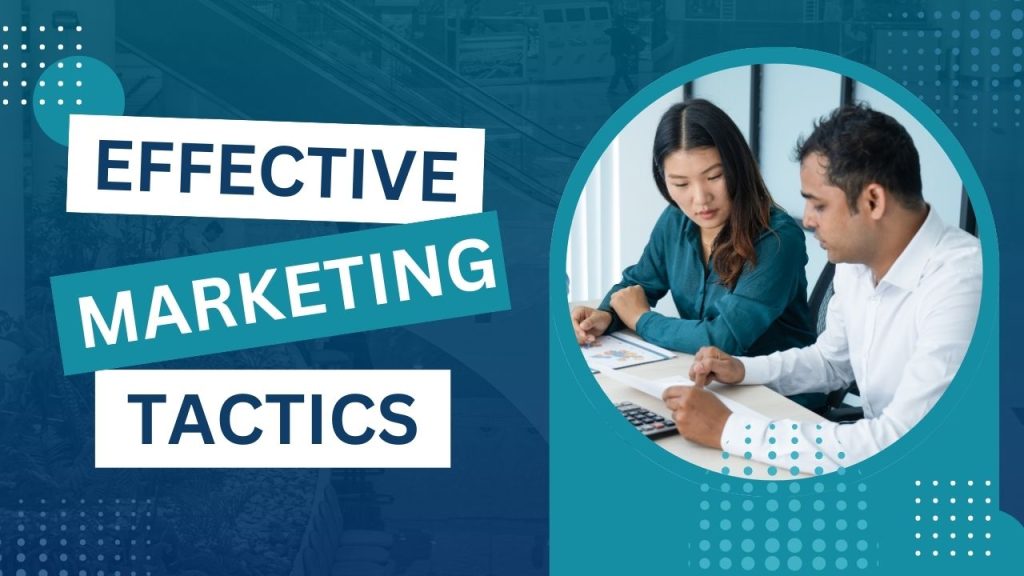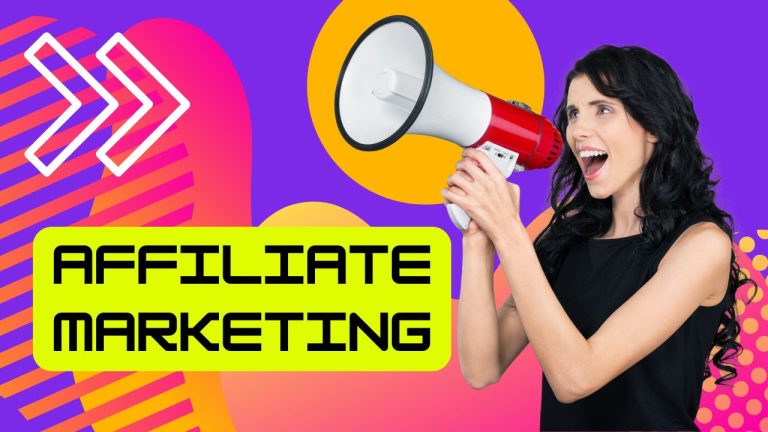
Many small businesses face an uphill battle, with about 20% failing within their first year. Poor marketing strategies often play a major role in this statistic. In a world where customers are increasingly online, having effective digital marketing is essential for survival and growth. This article explores several key tactics that can help small businesses thrive in this competitive landscape.
1. Harness the Power of Search Engine Optimization (SEO)
On-Page Optimization: Keyword Research, Title Tags, Meta Descriptions, Content Optimization
To boost your visibility, focus on on-page SEO. Start with keyword research using tools like Google Keyword Planner and Ahrefs. This helps you identify terms your audience is searching for. For example, a local bakery increased its organic traffic significantly by optimizing its title tags and meta descriptions to include relevant keywords.
Off-Page Optimization: Link Building, Social Media Promotion, Local SEO
Off-page SEO also plays a vital role. Aim to build high-quality backlinks from websites relevant to your business. Research shows that backlinks can increase your ranking in search engines by up to 50%. This means more potential customers will find your site.
2. Unleash the Potential of Social Media Marketing
Choosing the Right Platforms: Aligning Your Business with the Most Relevant Platforms
Identify where your target audience spends time online. If they are mostly on Instagram or Facebook, tailor your efforts there. A small boutique that used Instagram effectively saw a 40% increase in sales by showcasing its products and engaging with followers.
Creating Engaging Content: Visuals, Stories, and Interactive Posts
Quality content is key to keeping your audience interested. Use a consistent posting schedule and mix in engaging visuals and stories. Data shows that posts with visuals receive 94% more views. Make an impact with interactive polls or questions that invite discussion.
Social Media Advertising: Targeted Campaigns to Reach Specific Demographics
Paid ads can help reach specific demographics. Start with Facebook and Instagram Ads, which offer cost-effective options for small businesses. For example, a local coffee shop ran a campaign targeting college students, resulting in a 70% increase in foot traffic.
3. Email Marketing: Nurturing Leads and Building Relationships
Building Your Email List: Lead Magnets, Contests, and Website Opt-Ins
Grow your email list by using lead magnets. Offer something valuable like a free eBook or discounts in exchange for email subscriptions. A local gym ran a contest that attracted 500 new subscribers in just a week.
Crafting Compelling Email Campaigns: Segmentation, Personalization, and Automated Sequences
Segmentation and personalization can greatly enhance your email campaigns. A/B testing subject lines and content can boost your open rates, with industry averages around 20%. Addressing recipients by name makes your emails feel more personal.
Measuring Email Marketing ROI: Tracking Key Metrics and Adjusting Strategies Accordingly
Use analytics to track email performance. Key metrics to monitor include open rates, click-through rates, and conversion rates. Marketing expert John Doe once stated, “Email marketing remains one of the most effective ways to connect with your audience.”
4. Content Marketing: Establishing Authority and Attracting Customers
Creating High-Quality Content: Blog Posts, Articles, Infographics, Videos
Your content should inform and engage. Focus on creating high-quality blog posts, articles, and videos that answer customer questions. A fitness center wrote a series of health articles that led to a boost in membership inquiries.
Content Promotion: Sharing Your Content Across Various Channels
Once your content is created, promote it widely. Share on social media, use emails, and even consider paid ads. Content marketing can generate three times more leads than traditional methods, which shows its value.
Measuring Content Performance: Tracking Key Metrics and Making Data-Driven Decisions
Use tools like Google Analytics to assess how your content is performing. Look at page views, time spent on pages, and social shares. An expert once mentioned, “In the digital age, content is the bridge between you and your audience.”
5. Paid Advertising: Reaching a Wider Audience
Pay-Per-Click (PPC) Advertising: Google Ads, Bing Ads, and Social Media Ads
When using PPC, start with a small budget and gradually increase based on performance. A small electronics store that ran targeted Google Ads saw a tripling of sales within three months.
Retargeting Campaigns: Reconnecting with Website Visitors Who Didn’t Convert
Don’t forget about retargeting ads. These ads remind previous visitors of what they left behind, helping to increase conversion rates. Recent studies show that retargeting can boost conversions by 150%.
Conclusion
In summary, mastering digital marketing tactics can make a significant difference for small businesses. From SEO and social media to email and content marketing, each tactic plays a vital role in growth. The key is to stay consistent and adapt to changes. Implement these strategies today to achieve the success you desire in your business journey.


